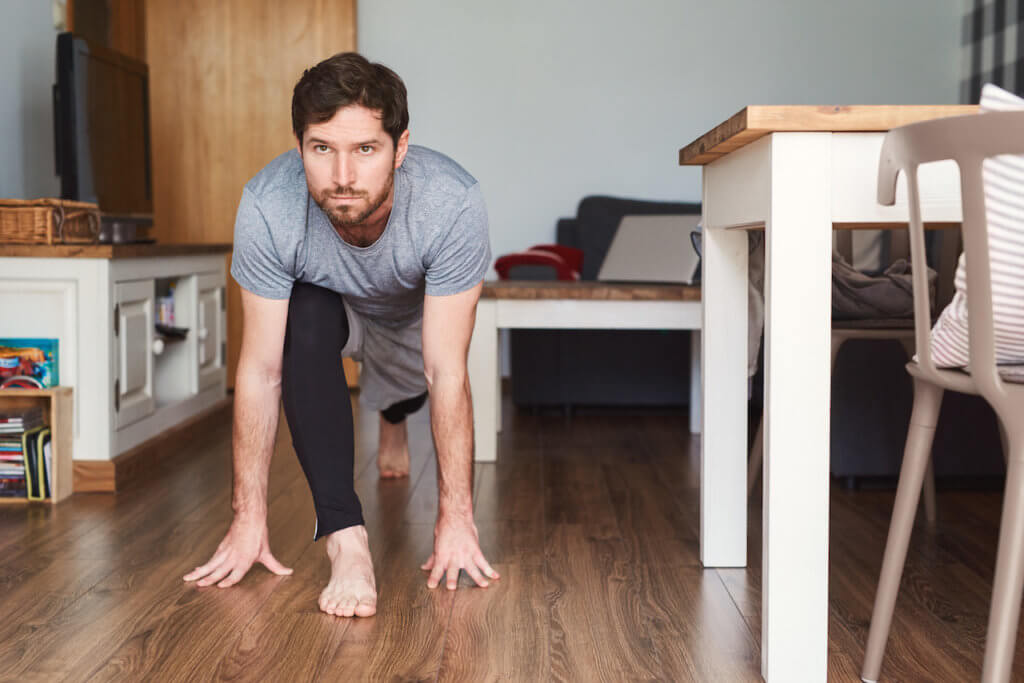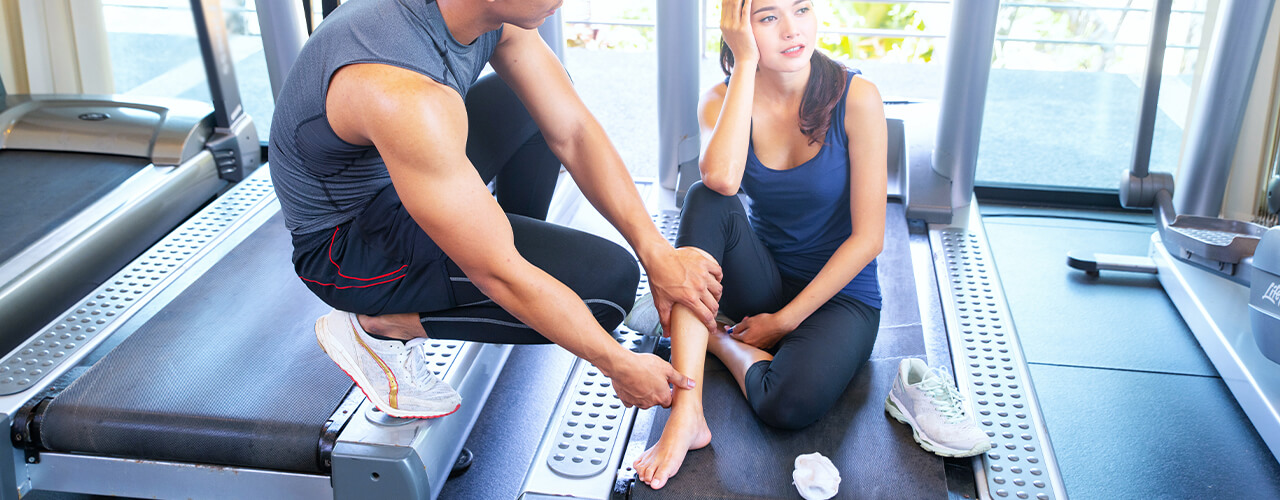Some hip pain relief sleeping can make a significant difference in your overall well-being. Many people are unable to sleep for hours each night as a result of pelvic or hip pain. Sleep deprivation can have a wide range of negative consequences in your life. This may be directly related to your hip pain and healing capacity, but it may also apply to all aspects of your life and coping with day-to-day living.
Here are a few strategies you can try to get some hip pain relief while sleeping. Medications may also need to be addressed, so please consult with your doctor, general practitioner, or specialist.
- Hip Pain Relief Sleeping Strategy 1
If you sleep on your side, place a pillow between your knees and ankles.
When you lie with your top leg resting on your bottom leg, the top thigh drops across your body at a greater angle. This may have an effect on hip pain, for example, in conditions such as FAI syndrome, hip dysplasia, and hip OA.
This position may also have an effect on the soft tissue structures (muscles, tendons, and bursa) surrounding the hip and pelvis, as in gluteal tendinopathy or greater trochanteric pain syndrome.
Nerve-related conditions, such as hip-related sciatica, may also worsen.
The top and bottom legs should be slightly separated to allow the top leg to be positioned in a way that relieves stress and strain on these soft tissues, reducing overall pain.
Sleeping with a pillow between your knees and ankles may be an option. Experiment with different pillow thicknesses, it is far easier to deal with only one pillow that is the correct size in the night, rather than two pillows.
- Hip Pain Relief Sleeping Strategy 2
If you sleep on your back, place a pillow under your knees. This can help to relieve tension in the lower back and buttocks, as well as in the front of the hip. This, in turn, can aid in the reduction of pain in the front and back of the hip and pelvis, such as conditions involving the hip joint, the labrum, soft tissue structures (such as the hip flexors), and nerve structures (referred from either the low back or from local nerves involved around the hip or pelvis).
- Hip Pain Relief Sleeping Strategy 3
Use a mattress topper – If you find it difficult to sleep on your side because the hip you’re lying on becomes sore from the pressure of lying on it, putting something softer on top of your mattress may help. Avoiding side lying is ideal in conditions such as gluteal tendinopathy or greater trochanteric pain syndrome. If this is not possible, a mattress topper may help alleviate pain caused by compression on the lower hip. Before going out and spending money on a more expensive mattress topper, you could try sleeping on a thick soft duvet you already have at home to see if there is any benefit.
Common causes of hip pain at night
Hip pain at night can be caused by several conditions. The most common ones are:
- bursitis
- Osteoarthritis (OA)
- tendonitis
- Sciatic-piriformis syndrome
It can also be caused by your sleeping position, your mattress or pillows, or pregnancy.
It’s also possible to have another problem, such as lower back pain, that causes your hip to hurt. That’s called referred pain.
To help prevent hip pain at night
When hip pain keeps you awake, you can try these things throughout the day and before bedtime:
Low-impact exercise
Low-impact exercise, such as swimming, water exercise, or walking, may help you sleep better and reduce your pain. You could also try tai chi or yoga.
You should also avoid sitting for long periods of time during the day.
Stretching
You can stretch your hip in addition to doing low-impact exercise during the day. If the pain is keeping you awake, you can stretch throughout the day or at night.
If necessary, stand up and hold on to something for balance.
Cross your legs and try to reach for your toes.
Hold the position for 20 to 30 seconds.
Repeat by crossing your legs the other way.
You can also try these exercises to relieve hip bursitis pain or to strengthen your hip flexors.
Sleep hygiene
Good sleep hygiene can assist you in falling and staying asleep. Here are some pointers:
- Every day, go to bed and get up at the same time.
- Make a relaxation routine for yourself before going to bed.
- Consider taking a warm bath one to two hours before bedtime to release endorphins, your body’s natural pain killers. A warm bath also helps to relax the muscles surrounding the sciatic nerve. However, don’t make the water too hot because it will raise your temperature and make it difficult to fall asleep.
- To avoid waking up from overheating, keep your room dark and quiet, and keep the temperature cool.
- Avoid using electronics, such as televisions, computers, and smartphones, close to bedtime.
- Caffeine should be avoided.
You should also avoid using alcohol to aid sleep. It may make you drowsy, but after a few hours of restless sleep, you’ll most likely wake up.
Also, use caution when using over-the-counter sleep aids. You’ll need higher doses to sleep over time, and this habit can be difficult to break.
Are You Looking for Relief for Your Hip and Knee Pain?
Pace Physical Therapy in San Jose, California specializes in non-surgical relief and recovery therapies for injuries. Our physical therapists in San Jose, CA are movement professionals who can help you heal easily and accomplish your physical goals. Do your knees feel sore, or do they feel as if, without warning, they could buckle under you? Do sharp hip pains find it hard to get up in the morning, walk about during the day, and lay down at night? Hip joint pain and knee pain, especially if you’re dealing with both, can seriously interfere with your life. Whatever could be uncomfortable for you, physical therapy may help you get safely and easily to the source of your problem without the need for harmful drugs or surgery. To alleviate your hip and knee pain entirely, make an appointment with Pace Physical Therapy in San Jose, CA, saving you the need for potentially harmful medicine or surgical correction. We strive every day to provide excellent service for all our patients because we understand it can be frustrating not being able to do what you love most due to an injury keeping us off the field or court! Contact us today to schedule your appointment!



